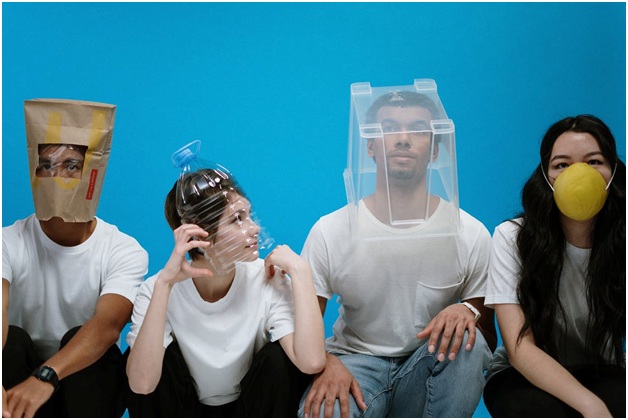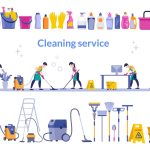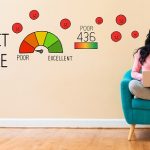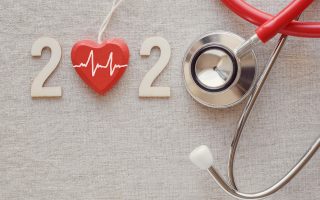As time is passing, the rate of transmission is getting higher and higher. It is higher than your common influenza. That is why healthcare workers are at the highest risk of getting infected especially when they are working directly with people who are infected with these viruses. Unfortunately, it looks like masks will continue to be a part of our everyday lives. Without healthcare workers, things can’t function and that is why they need to be protected at all costs. Here are the safety measures that will help minimize the spreading of these viruses. Which Medical masks and Respirators Should You Choose?
What a lot of people don’t realise is that fabric face masks shouldn’t be used in any circumstances, especially amongst healthcare workers. But surgical masks are suitable for covering your mouth and nose. They are secured to your head with laces or elastics. These masks are made to generate one-way protection for healthcare workers as they are made to capture their droplets.
But Medical masks and Respirators are not the only thing that will keep your workers safe, you can provide them with respirators too. They are tight masks that will seal off their faces and protect the person who is wearing it because it works in a bidirectional sense.
Another thing to keep in mind is the different classification systems. The American system classifieds it according to the percentage of particles that are found in a diameter >0.3 µm that can be filtered tough the mask. But the European system classifieds them according to the FFP1/2/3 system. For example, the N95 mask in the American classification system is comparable to the FFP2/ P2 face mask in the European classification system.
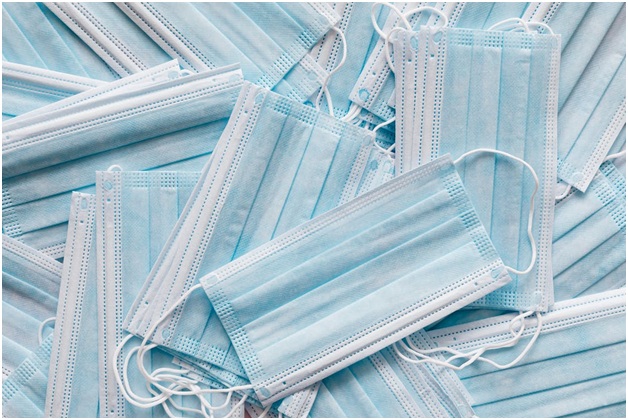
Educate Yourself About Personal Protective Equipment
What everyone should know is what personal protective equipment includes. It includes respirators or medial masks that are made to protect the one wearing it from any airborne particles, droplets and bodily fluids that can personally contain your face. Respirators in the meaning of personal protective equipment are designed to filter any particles. They are usually in the form of masks that can be full-face masks or half-face ones. It is mainly used to protect healthcare workers who can be exposed to pathogens.
The other option for personal protective equipment is medical face masks. They are more loose-fitting and are meant to be disposed of after single use. Medical masks and Respirators are meant to reduce the spread of any respiratory droplets that come for the wearer. But they can also be a protection from large droplets from sneezes, body fluid splashes and coughs. You will also need to be familiar with different types of medical masks. The type 1 medical mask is used for patients, type 2 and 2R are worn by healthcare workers who are in the operating rooms or during procedural settings. The main difference between these is depending on how they filter out bacteria. The procession by splashes is only provided by masks that are type 2R because the R stands for resistance.
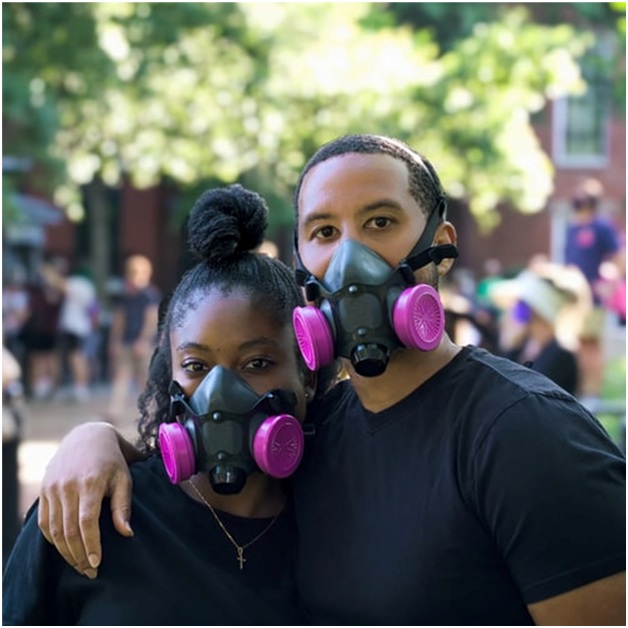
The next thing is filtering facepieces respirators better known as FFR. They are tight-fitting and disposable specially designed to filter out any airborne droplet particles. FFR is registered as inhalational protective devices. Depending on the level of filtration properties and national regulations they have different types as we have mentioned before. The filtering performances very strongly depends on how it fits your face. That is why every healthcare worker needs to test out different devices in order to find the right fit for their face. You must know that Filtering face-piece respirators are one-size-fits-all. For example, if someone has a beard it will alter the sealing of the mask and they will need to shave it in order for the mask to fit properly. What a fitting test needs to prove is that there isn’t any presence of leakages, so the mask fits their face correctly. What you will need to inhale and exhale to see if your device needs to be tightened and confirm that it has been put on properly and it fits as it’s supposed to. You can also find ones that have an expiratory valve which is made to be more comfortable for people who are having to wear it for a long period of time. These masks will allow the exhaled air to flow out. But the valve is also secured with the FFR which does not allow any of the body fluids to escape or go through it. These valved masks are also great for workers who have glasses, as the valve will stop them from fogging up your glasses.
The protecting agent is a very important part of respirators performance. It is quite easily measured. All you need to do is measure the ratio between the outside concentration of the contaminator by measuring the concentration of the inner side of the device. So, if the device on someone’s face has a 94% filtration performance that means that the nominal protection factor is 16. That means that the contaminants are that many times less concentrated inside that device than it is in the environment around that person. Another thing that can check is the level of concentration in each contaminant which mustn’t be surpassed in order for the wearer to be safe. The protection levels that are provided by respiration depends on the protection factor which is the ratio between the contaminant and the person wearing it. But when the biological contaminants have an unknown threshold limit value the assigned protection factor will be unknown. In order to keep everyone safe, there can be a protection factor by the filtration performance by calculating the furthest level from the threshold limit value. That is why with SARS-CoV-2 we have to practise social distancing as the threshold limit value is not known.
What Every Worker Should Know
Sometimes wearing a mask isn’t enough, healthcare workers need to know how to put them on, take them off and how long can they have them on. First and foremost, you carefully place your mask on the face so it covers both mouth and nose to minimise the space in-between your face and the mask. While you are wearing your mask don’t touch the outside of it with your hands. When the time comes to take it off, remove it by avoiding toughing the front of it, by removing the laces from behind. Once you take off your mask, always clean your hands with an alcohol-based sanitizer or wash your hands with warm water and soap. The disposable masks should be disposed in a closed bag as well as disposed right after taking it off.
Because there is a shortage of medical masks and respirators, it advised to keep the same FFP2 mask or higher while taking care of multiple patients who have the same diagnosis. It is important to rationalise the use of masks to avoid a complete depletion of stocks. There is evidence that they can maintain their protection for a while. But healthcare workers should avoid wearing the same masks more than four hours, it can not only cause discomfort but your risks are growing as the time passes. Even tough masks are very important part of protection from these viruses, on their own they aren’t enough.
Unfortunately, as we are in this pandemic for quite a while, supplies are running out worldwide, which means that the rate of occupational infections is growing. That is why we need to make sure that we are educated on different types of personal protective equipment and keep our healthcare workers safe, so they can keep us safe.

